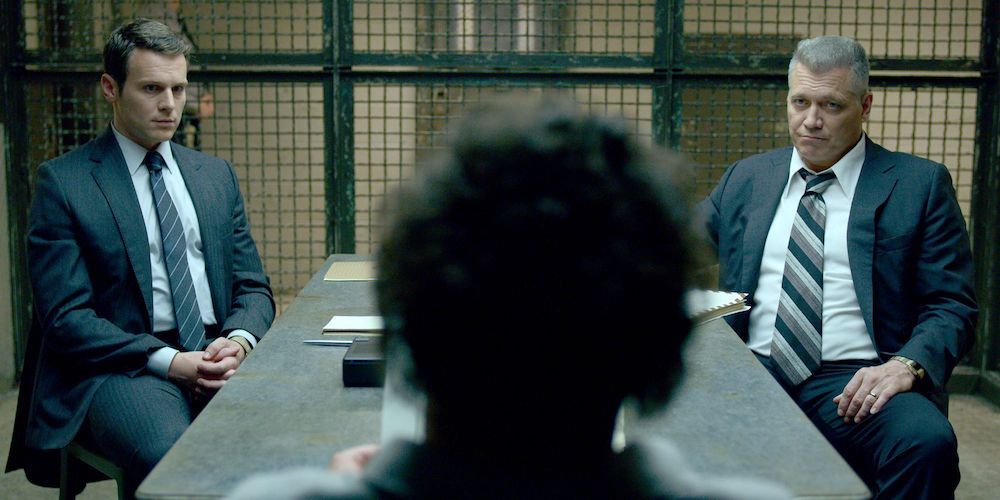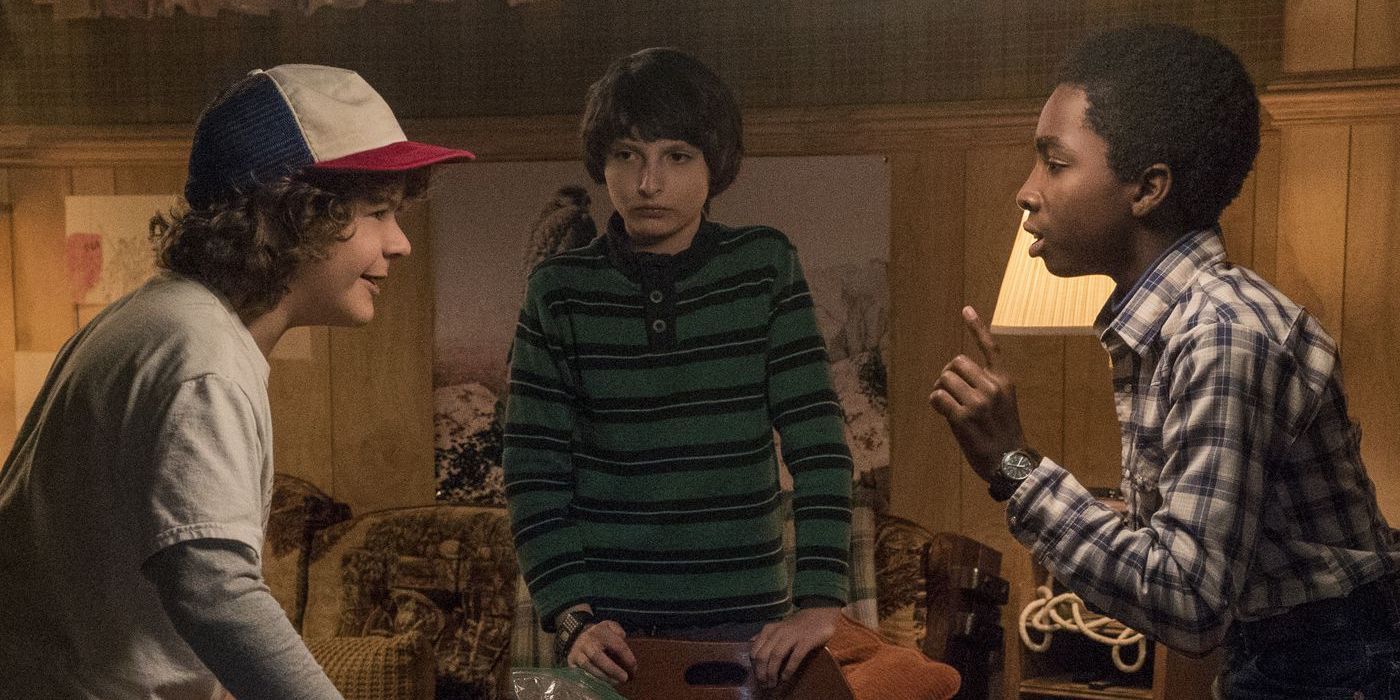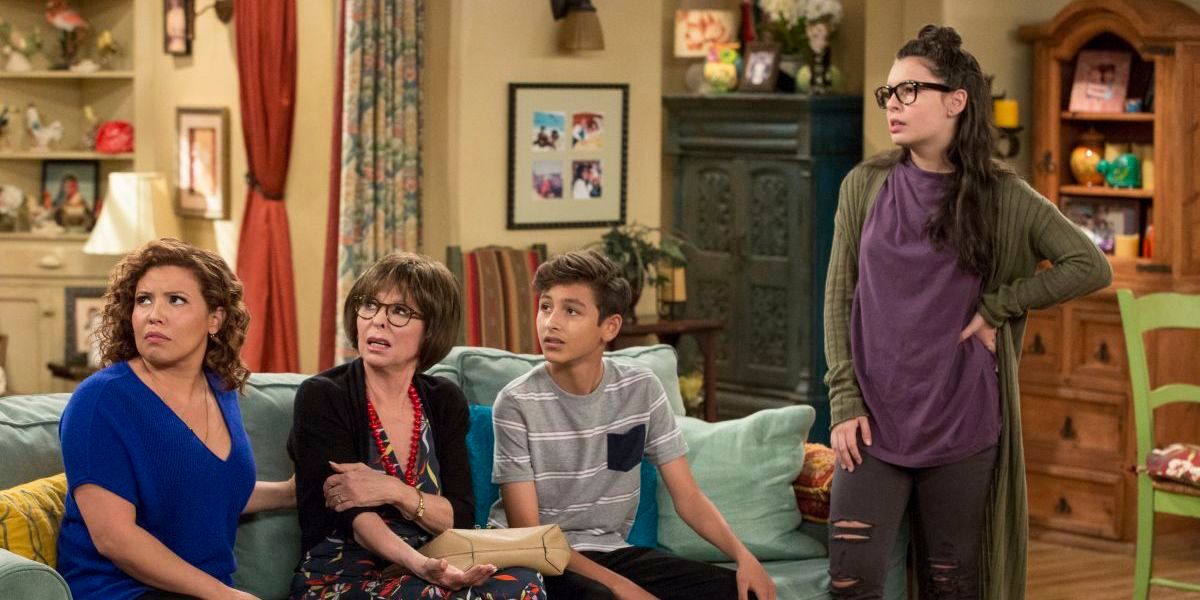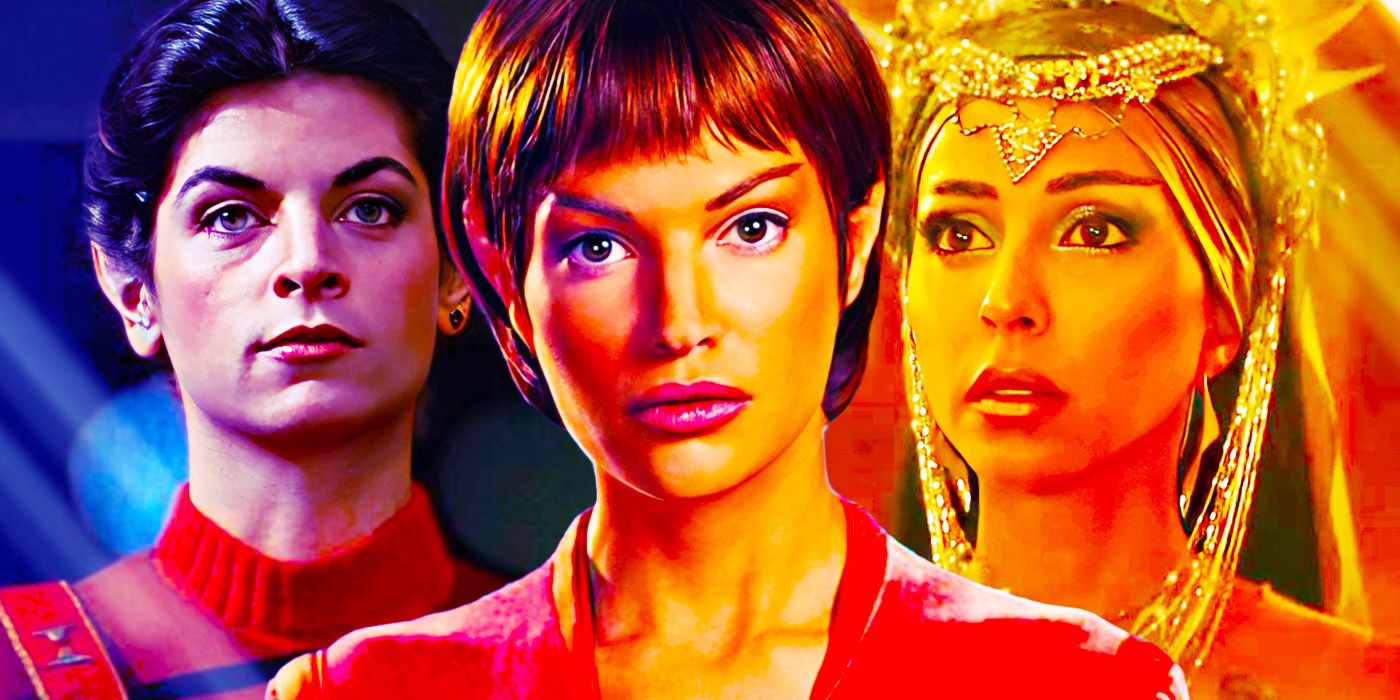Over the past three years, Netflix has released a small assortment of interactive titles, the most well-known of which is probably the Black Mirror episode “Bandersnatch.” Almost all of these interactive releases aside from Black Mirror are geared towards kids, including a Carmen Sandiego adventure (“To Steal or Not to Steal”) as well as offerings from Captain Underpants and Puss in Boots.
Considering how Netflix clearly has experience creating interactive experiences to supplement a traditional TV format, and how lopsided the current list is towards kids’ material, it’s a logical next step to wonder what adult and family shows could be (or could have been) improved by an interactive aspect. At the same time, there are some shows that may be better left untouched.
Interactive, Please: The Witcher

Before it was a Netflix series, The Witcher was a popular video game with 3 installments (and before that, a novel). The nature of the source material makes this an obvious pick for an interactive episode since many fans are already used to driving the story themselves.
Even for those new to The Witcher, Henry Cavill’s deadpan delivery of Geralt makes for a character onto whom viewers can easily project themselves. The constant moral dilemmas he faces and the drastic effect on the plot their outcomes have, further provide the perfect opportunity for viewers to take the wheel in a meaningful, fun way.
No, Thanks: Mindhunter

While technically fictional, Mindhunter is heavily based on the non-fiction book of the same name by John Douglas and Mark Olshaker. The book details the authors’ true experiences studying serial killers for the FBI.
Furthermore, many of the episodes feature actors portraying real-life serial killers and their victims, such as Ed Kemper and Charles Manson. For this reason, an interactive, viewer-driven episode would most likely come off as disrespectful. It’s probably not the best idea to make light of real-life murders by game-ifying this show.
Interactive, Please: American Vandal

While also relying on true-crime, American Vandal is almost the complete opposite of Mindhunter: it takes ridiculous, almost harmless teenage misdeeds and treats them with the same drama and suspense as a true-crime documentary. This creative premise and humorous execution earned it two seasons and a spot in Screenrant’s favorite shows of 2018.
The mystery-solving focus, and the hilarious irreverence, would mesh perfectly with a choose-your-own-adventure style episode. If Netflix had opted to produce a third season, it would have been a great opportunity to let the viewer help solve the mystery themselves.
No, Thanks: The Umbrella Academy

While this show is whimsical and high-stakes, both of which are factors in favor of interactive content, Umbrella Academy follows such a well-balanced ensemble cast that to focus an entire episode on one character’s decisions would probably feel unnatural and boxed-in compared to the rest of the show.
Sure, some ensemble shows often zero in on a single character for the duration of the episode, and Umbrella Academy does shift the focus around when it’s appropriate, but every episode depicts too many events and perspectives from multiple storylines for an interactive sequence to be anything but confusing and unsatisfying.
Interactive, Please: Stranger Things

The charm and atmosphere of Stranger Things relies heavily on vintage nerdiness, with Dungeons & Dragons metaphors featuring prominently in all 3 seasons, and arcade gaming making an appearance season 2 in particular. The writers seem to revel in 80’s pop culture references, and the title card is even inspired by sci-fi paperbacks of the era.
It would be fitting (and a blast) to take this to the next level and allow viewers to actually role-play their way through an adventure. This might offer an opportunity for a more complex experience than previously seen: perhaps D&D inspired stats and virtual “dice rolls”? Or arcade-style games where high scores determine the plot?
No, Thanks: 13 Reasons Why

13 Reasons Why was controversial when it first came out: while providing important representation for mental health and bullying issues, it also dealt with suicide in a very explicit and potentially upsetting manner (until it was edited at the recommendation of mental health experts).
Although a very popular and high stakes show, there is no question that making a game of the plot by letting the viewer choose the path risks trivializing very serious life-and-death mental health issues. Plus, there is already at least one choice-based video game that deals with this issue in a more sensitive way than 13 Reasons Why interactive special is likely to.
Interactive, Please: Never Have I Ever

One of the many quirks of this new teen comedy is its charismatic narration by tennis player John McEnroe. The show’s frank acknowledgment of the strangeness of this choice, and his sarcastic comments on the many twists and turns of Devi’s life, invite the audience to be a part of the storytelling in a way that other comedies may not.
With the unique narration, the show is already halfway there to building in an interactive episode. And since so much of the plot hinges on Devi’s (good and mostly bad) decisions shaping her relationships, it would be fun to give the viewers a chance to make those decisions and change her fate themselves.
No, Thanks: One Day At A Time

One Day At A Time closely follows a typical sitcom format, with most episodes recorded in front of a live audience that provides a laugh track. Unlike Umbrella Academy, the large main cast would not be confusing since they all pretty much follow the same plot lines, but in this case the genre of the show itself just doesn’t seem appropriate.
The presence of a live audience & laugh track represents a firm boundary between show and audience, the same way Never Have I Ever‘s narrator represents the opposite: in One Day At A Time, you’re not part of the story, you’re watching it (and it makes sense to keep it that way).
Interactive, Please: Russian Doll

Like several others on this list, Russian Doll is already an unconventional show that would lend itself well to a game-like experience. The premise of Nadia being stuck in a loop that only resets with her death leads to her resorting to increasingly strange antics to prolong her day.
For example, in one memorable sequence, she can’t exit her friend’s apartment without immediately dying on the stairs, and insists on leaving through the fire escape for the next few iterations of her loop. This conflict presents an easy premise for an interactive special in which the viewer (playing as Nadia) tries to stay alive as long as possible.
No, Thanks: Gentefied

While Gentefied doesn’t have a laugh track like One Day At A Time, it is still a comedic show that focuses more on character dynamics than dramatic plot twists and is therefore well suited to its traditional format. One of this show’s strengths is that the characters and their challenges feel very realistic: unlike One Day At A Time or Never Have I Ever, this show aims to convince the viewer that they’re looking in on the lives of real people.
With this approach, reaching through the screen to hand off control of the plot would do nothing to improve the viewing experience and may even hurt it or cheapen it.
-Featured.jpg)




